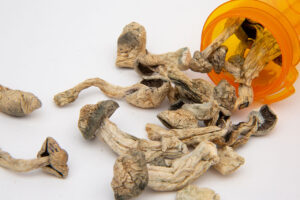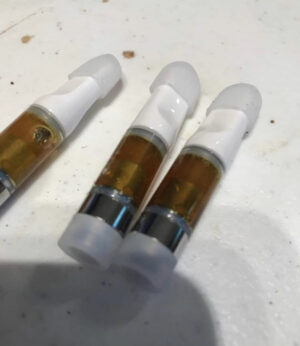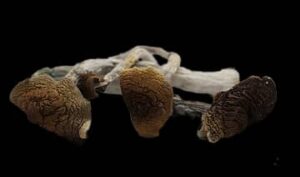A temporary altered state of consciousness induced by psychedelic substances
A psychedelic experience, colloquially known as a ‘trip,’ is an altered state of consciousness induced by substances like LSD, mescaline, psilocybin mushrooms, or DMT, featuring perception alterations and sometimes mystical experiences.
Effects
Effects can range from visual distortions to subjective loss of self-identity, with experiences varying from highly pleasurable (‘good trip’) to frightening (‘bad trip‘).
Influencing Factors
The outcome is significantly influenced by the individual’s mood, personality, expectations, and environment, referred to as ‘set and setting’.
Visual distortions experienced on LSD are a hallmark of its psychedelic effects and can vary widely among users. Here are the primary types of visual distortions reported:
Types of Visual Distortions
1. Enhanced Colors and Brightness
- Users often report that colors appear more vivid and intense than usual. This enhancement can make the environment feel alive and saturated with color13.
2. Geometric Patterns
- Many individuals see rapidly changing geometric patterns, which can manifest whether their eyes are open or closed. These patterns may be intricate and dynamic, contributing to a sense of visual overload13.
3. Distorted Shapes and Sizes
- Objects may appear to change shape or size, sometimes seeming to flow or breathe. This distortion can affect both inanimate objects and living beings, leading to a surreal perception of reality36.
4. Halos and Trails
- Users frequently observe halos or auras around objects, as well as trailing effects where moving objects leave a visual trace. This can create a sense of motion even in still environments13.
5. Blurred Vision
- Some people experience blurred vision, where edges of objects become less defined, contributing to an overall sense of confusion regarding spatial relationships36.
6. Synesthesia
- LSD can induce synesthetic experiences, where users might “see” sounds or “hear” colors, blending sensory perceptions in unusual ways34.
Psychological Effects Linked to Visual Distortions
The visual effects of LSD are often accompanied by significant psychological changes, including:
- Altered perception of time and space.
- Feelings of ego dissolution, where the boundaries between self and environment blur4.
- Emotional responses that range from joy to anxiety, depending on the individual’s mindset and setting during the experience15.
Long-term Effects: Hallucinogen Persisting Perception Disorder (HPPD)
In some cases, individuals may experience lasting visual disturbances even after the effects of LSD have worn off, known as Hallucinogen Persisting Perception Disorder (HPPD). Symptoms can include:
- Persistent visual distortions such as seeing halos or trails.
- Altered perception of size and depth.
These effects can lead to significant anxiety and discomfort in daily life for those affected25.
Overall, LSD’s impact on visual perception is multifaceted, intertwining sensory enhancement with profound psychological experiences that can be both enlightening and challenging.
















